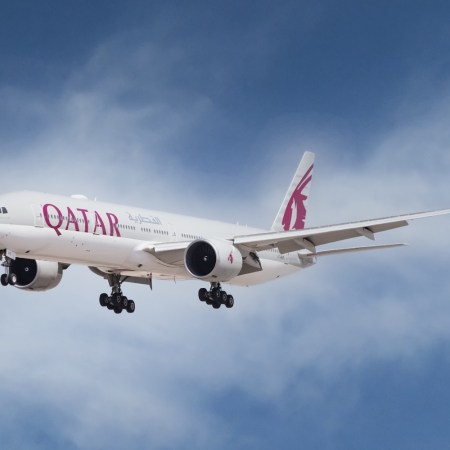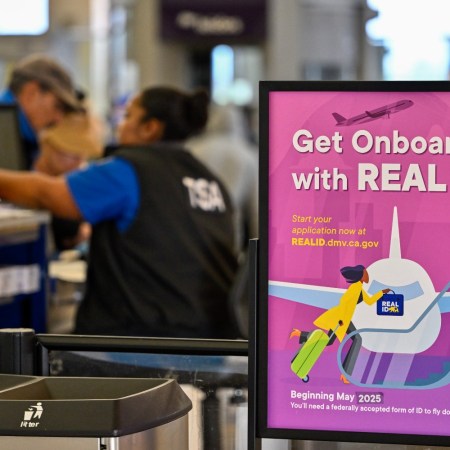The biggest story this year in the travel hacking space?
Without doubt, the final collapse of the rewards system we’ve known and loved — and the triumph of the revenue-based rewards system, custom-made for the stack-measuring villains of George Clooney movies about corporate greed.
None of this is a surprise: with American’s decision to join its major competitors and move to a revenue system this year, travel experts knew the end of an era had arrived. Since the advent of rewards travel, savvy budget travelers were able to find cheap tickets from Point A to Point B, and then collect their mileage points for free future travel — emphasis on the word “mileage.” If it took 500 miles to get from A to B, the traveler got 500 miles (or several times that, depending on their elite status). Now, the distance doesn’t matter — what counts is the cost of the ticket. Never has a system so clearly rewarded the overspender.
This situation is broken down in fine, depressing relief by Grant Martin at Skift, who compares a few months worth of travel as an elite flyer on American. Spoiler: revenue-based reward systems mean he, as a budget-conscious traveler, earns a fraction of what he once did. Check out his piece for a careful analysis of how it all works out — and see the graph below for the pre- and post-revenue-move results.
Table via Skift
There are still ways to game the system, but they mostly involve points-accumulating credit cards and using them for every purchase you can possibly make. Get to it, if that works for your lifestyle — or consider, as some points hackers have, giving up the game entirely — and just buying the cheapest ticket on any given carrier.
This article appeared in an InsideHook newsletter. Sign up for free to get more on travel, wellness, style, drinking, and culture.
























